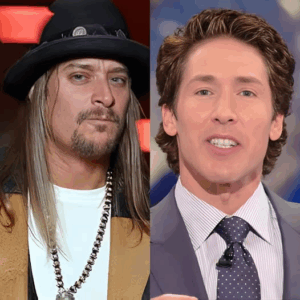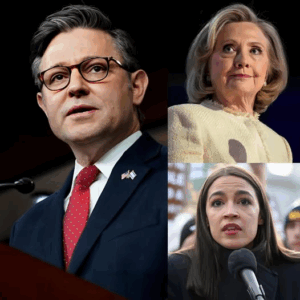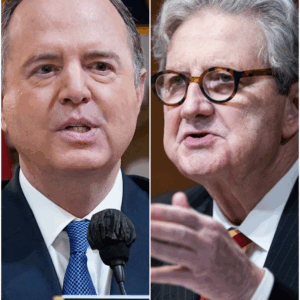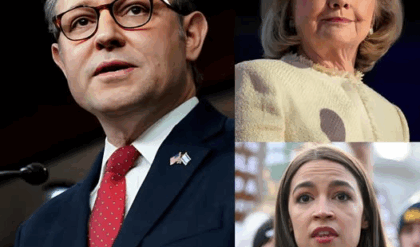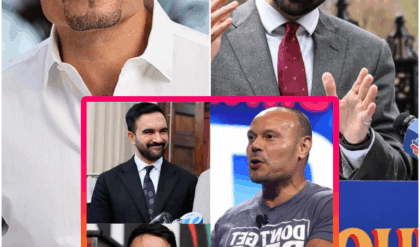For generations, late-night television has doubled as America’s after-hours town square — the place where the country processed headlines with a wink, discovered tomorrow’s breakout musicians, and watched beloved hosts stitch humor into the day’s chaos. Johnny Carson perfected the format; David Letterman fractured it and made irony king; Jay Leno battled for mass appeal; an army of successors tried to leave their imprint.
Now the format faces its most audacious reinvention yet. According to industry chatter growing louder by the week, five of the genre’s brightest stars — Stephen Colbert, Jimmy Fallon, Seth Meyers, John Oliver, and the recently sidelined Jimmy Kimmel — are aligning around a joint project with the potential to upend the very idea of “late night.” If the metaphor feels cosmic, it’s because the scale does too: five blazing comets colliding, not to cancel each other out, but to form a new galaxy.
The Five Gravitational Forces
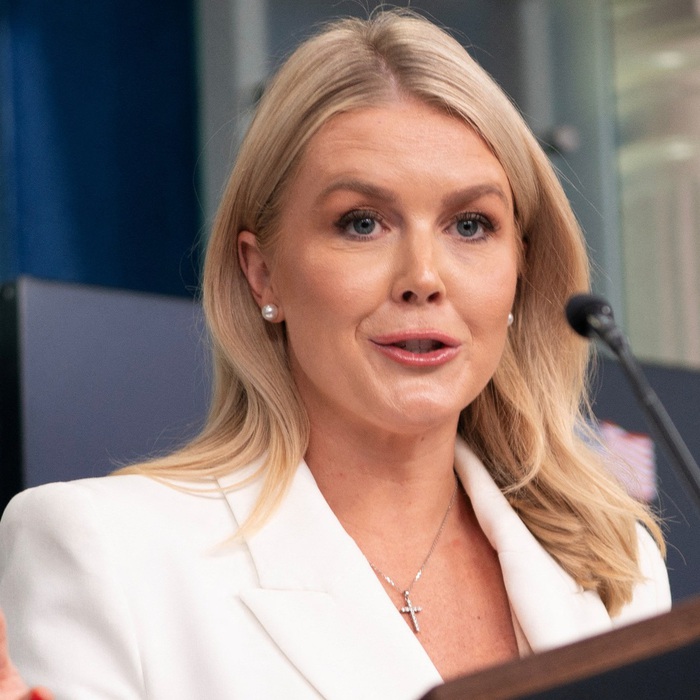
Each host brings a distinct center of gravity.
Stephen Colbert sharpened the political scalpel on The Colbert Report and carried that edge — tempered with warmth — to CBS’s The Late Show. He can pivot from an eviscerating monologue to a soulful interview without changing his heartbeat.
Jimmy Fallon owns the crowd-pleasing half-life of viral culture. Games, music, celebrity chemistry — he turned those into a universal language for The Tonight Show, making late night feel like a party you could join from the couch.
Seth Meyers inherited the cadence of Weekend Update and weaponized it for Late Night. “A Closer Look” isn’t just commentary; it’s structured argument disguised as comedy, finely tuned for shareability.
John Oliver broke the format on purpose. Last Week Tonight fuses investigative rigor with comedy and call-to-action virality. His segments don’t just go viral; they move policy needles and crash obscure websites.
Jimmy Kimmel, newly “silenced” by network turbulence, has long provided late night’s emotional core — blunt humor threaded with genuine vulnerability. When he cries on air, people listen; when he jokes, it feels earned.
Individually, each commands a sizable audience and cultural footprint. Together, they represent a potential network-agnostic colossus — a talent consortium big enough to set, rather than chase, the conversation.
Why the Networks Are Sweating
Even before this alliance rumor, late night was wobbling on its hinges. Ratings have softened as younger viewers migrate to TikTok, YouTube, and podcasts; advertisers now chase attention across platforms rather than dayparts. The old loop — monologue → sketch → couch chat → musical guest — still works, but it can feel like a vinyl needle in a streaming world.
That’s why the mood in certain boardrooms is, to put it politely, “animated.” A combined project would not merely split the pie differently; it could bake a new pie entirely — one that lives natively across streaming, clips, live specials, and social feeds, with distribution deals built around the stars rather than the networks. If these five pool audiences and formats, the competition isn’t which 11:30 p.m. slot wins — it’s whether the 11:30 slot still matters.
What the Alliance Could Be (and Why It Matters)
Details are hazy by design, but the outlines suggest a modular, multi-platform franchise instead of a single nightly hour: rotating anchors, pop-up live shows, documentary-style deep dives, and collaborative specials that braid Fallon’s playfulness, Colbert’s wit, Meyers’ analysis, Oliver’s rigor, and Kimmel’s heart. Think season arcs rather than nightly churn. Think releases timed to elections, cultural flashpoints, and tent-pole events.
Such a project could also solve the format’s oldest tension: be timely and timeless. A one-night monologue evaporates; a 12-minute evergreen segment can live forever on YouTube and classroom syllabi alike. The alliance, in other words, could treat late night less like a time slot and more like a studio — a content engine with interchangeable parts that travel wherever audiences already live.
Kimmel’s Silence as Catalyst
It’s impossible to separate the momentum from Jimmy Kimmel’s recent absence. Whether driven by corporate risk, advertiser nerves, or political heat, pausing a marquee host created an unintended martyr narrative — one that frames this collaboration as not just strategic, but principled. Kimmel’s presence in a joint venture recasts him from “benched” to banner-carrier for creative autonomy. The optics are potent: you can mute a microphone, but you can’t muzzle a movement.
The Old Empire’s Fragile Walls

Empires don’t fall overnight; they hollow from the inside until a gust finishes the job. Traditional late night has been living with that draft for years. Audiences no longer gather at 11:30 p.m.; they scroll at 7:06 a.m., binge on Sunday, and share at 2:13 p.m. at work. Clipped segments already outrank full episodes in influence.
If this alliance lands, it accelerates the shift from channel loyalty to creator loyalty. Viewers will follow Colbert, Oliver, Meyers, Fallon, and Kimmel wherever they appear. The “network” becomes, at best, a logistics partner.
Comedy’s Next Evolution
Late night has always mirrored the country’s mood: Carson’s gentle consensus, Letterman’s ironic detachment, the Stewart/Colbert era’s moral urgency. A combined project could synthesize those modes — Fallon’s joy, Colbert’s rapier, Meyers’ brain, Oliver’s spine, Kimmel’s pulse — into something both entertaining and civically useful.
That’s a double-edged sword. Done well, it could inoculate audiences against misinformation, elevate lesser-covered stories, and make public life feel legible. Done poorly, it risks becoming a monoculture of elite consensus that leaves dissenting viewers further alienated. The stakes are bigger than punchlines.
The Business Math (Follow the Clips)
This isn’t just art; it’s arithmetic. A syndicated, multi-platform alliance can diversify revenue: live tours, limited series, premium specials, brand integrations crafted with restraint, even charitable campaigns that turn jokes into fundraisers (an Oliver specialty). The format becomes portfolio-hedged: if one pillar dips, another surges.
For talent, it’s leverage. Collective bargaining power over distribution and IP ownership grows exponentially when the “show” is a constellation of bankable stars rather than a single desk.
Politicians, Prepare Accordingly
Politicians have long treated late-night couches as soft-focus rehab clinics and get-out-the-vote amplifiers. A unified platform with investigative muscle and cross-audience reach resets that calculus. Expect campaigns to court it feverishly — and to fear it in equal measure. A joke that lands across five audiences can move needles more efficiently than a 30-second ad buy.
Will This Kill “Late Night” as We Know It?
Probably not instantly. Traditional shows will keep humming — some will even thrive — but the center of gravity will shift. Viewers will start measuring late-night success by next-day ubiquity, not Nielsen share. The water-cooler becomes the group chat; the broadcast becomes the trailer for the clip.
And once audiences feel the gravitational pull of a truly collaborative, star-driven model, returning to siloed, five-nights-a-week grind may feel quaint — like insisting the album only counts if you heard it on FM radio at 11:30 p.m.
The Cultural Earthquake
Make no mistake: this is bigger than entertainment logistics. Late night has long been where America metabolizes outrage into something bearable. If these five genuinely combine forces — even intermittently — they won’t just dominate a genre; they’ll steer the national conversation at moments when clarity is at a premium.

Imagine election-eve specials that are funny and instructive. Imagine Oliver-grade explainers boosted by Colbert’s reach and Fallon’s celebrity magnetism. Imagine Kimmel’s heartfelt monologues refracted through Meyers’ structure. The ripple effects would travel from Capitol Hill to homerooms to group chats in minutes.
The Empire Trembles
In boardrooms, the whispers are getting louder. Executive muscle memory says, “Protect the slot.” The market says, “Protect the relationship.” The audience says, “We’re already somewhere else.”
Five blazing comets are on approach. Whether they collide into a once-in-a-generation spectacle or simply pass close enough to light up the sky, the message is clear: the next era of late night will be creator-led, platform-fluid, and coalition-built.
Television’s old map doesn’t show this territory. That’s fine. The new cartographers are already drawing it — in punchlines, deep dives, and clips that travel farther and last longer than any monologue ever did.
And somewhere, quietly, the old empire counts its ad units and realizes the math no longer works. Not because the night got shorter — but because the galaxy just got bigger.
News
The auditorium glitched into silence the moment Joel Osteen leaned toward the mic and delivered a line no pastor is supposed to say in public. Even the stage lights seemed to hesitate as his voice echoed out: “God will NEVER forgive you.” People froze mid-applause. Kid Rock’s head snapped up. And in that weird, suspended moment, the crowd realized something had just detonated off-script.
The crowd expected an inspiring evening of testimony, music, and conversation. What they got instead was one of the most explosive on-stage confrontations ever witnessed inside a church auditorium. It happened fast—36 seconds, to be exact.But those 36 seconds would…
The room stalled mid-breath the moment Mike Johnson snapped open a black folder that wasn’t on any official docket. Cameras zoomed. Staffers froze. The label on the cover — CLINTON: THE SERVER SAGA — hit like a siren. Johnson leaned toward the mic, voice sharpened enough to scratch glass, and read a line that made every timeline jolt: “Her email is criminal.”
Here’s the thing about made-for-TV government: it knows exactly when to hold a beat. Tuesday’s oversight hearing had the rhythm down cold—routine questioning, polite skirmishes, staffers passing notes like we’re all pretending this is not a stage. And then Mike…
🔥 “THE FLOOR SHOOK BEFORE ANYONE COULD SPEAK.” — Investigator Dane Bonaro didn’t walk into the chamber — he tore through it, slamming a blood-red binder onto the desk with a force that made the microphones hiss. The label on the cover froze the room mid-breath: “1.4 MILLION SHADOW BALLOTS.” He locked eyes with the council and snarled, “You want the truth? Start with this.” For one suspended second, every camera operator lifted their lens like they’d just smelled a political explosion.
Here’s a scene you’ve watched a hundred times if you’ve spent enough hours in hearing rooms and greenrooms: a witness with a flair for performance, a committee hungry for a moment, and a gallery of reporters quietly betting which line…
🔥 “THE SMILE FLICKERED—AND THE ENTIRE STUDIO FELT IT.” — Laura Jarrett walked onto the Saturday TODAY set with the kind of calm, polished glow producers dream of. Cameras glided, lights warmed, and the energy felt like a coronation. But right as she settled between Peter Alexander and Joe Fryer, something shifted — a tiny hesitation in her smile, the kind that makes everyone watching sit up a little straighter. And then it came: a voice from outside the studio, sharp enough to snap the broadcast in half. For a full second, no one moved.
Here’s the thing about TV milestones: they’re designed for easy applause. A new co-anchor takes the desk, the chyron beams, the studio lights do their soft-shoe, and everyone is on their best behavior. It’s a ritual as old as morning-show…
🔥 “THE ROOM STOPPED LIKE SOMEONE CUT THE OXYGEN.” — What’s racing across timelines right now isn’t framed as a speech, or an interview, or even a moment. It’s being told like a rupture — the instant Erika Kirk, normally armored in composure, let a single tear fall while standing beside Elon Musk. Witnesses in these viral retellings swear the tear didn’t look emotional… it looked inevitable, like something finally broke through her defenses. And when Musk turned toward her, the entire audience leaned in as if they already knew the world was about to shift.
It was billed as a calm forum on human rights—an hour for big ideas like freedom, transparency, and the obligations that come with having a public voice. The stage was washed in soft gold, the kind of lighting that flatters…
🔥 “THE ROOM WENT DEAD IN UNDER A SECOND.” — What unfolded inside the Senate chamber didn’t look like a hearing anymore — it looked like a trap snapping shut. Adam Schiff sat back with that confident half-smile, clutching a 2021 DOJ memo like it was the final move in a game he thought he’d already won. Staffers say he timed his line perfectly — “Your rhetoric ignores the facts, Senator. Time to face reality.” But instead of rattling Kennedy, something in the senator’s expression made even reporters lean forward, sensing the shift before anyone spoke again.
It didn’t look like much at first—another oversight hearing, another afternoon in a Senate chamber where the oxygen gets thinned out by procedure. Then Adam Schiff leaned into a microphone with a lawyer’s confidence, and John Neely Kennedy pulled out…
End of content
No more pages to load
